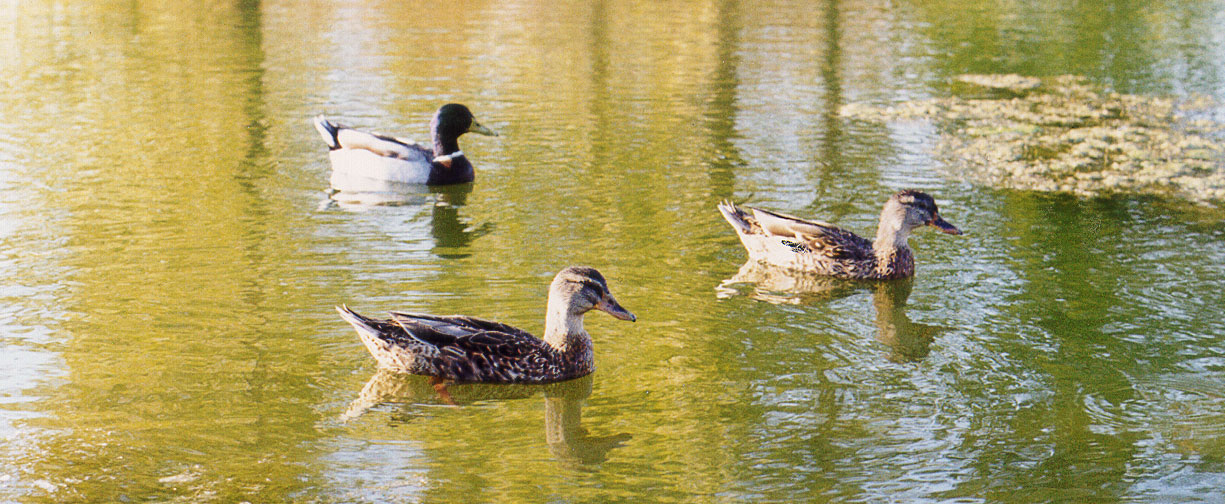The Archaeology of the Marsh Creek Site
The Marsh Creek Site sits in an area of low, grassy hills at the juncture of the

Who were these people,
In the abandoned villages and burial mounds of the Sacramento—San Joaquin Delta, archaeologists in the early 1900s discovered the remains of a complex culture going back at least 4,000 years. Since then, similar sites have been found throughout the San Joaquin Valley. Scientists are still debating over who these people were and where they came from, but one thing is clear: these “Windmiller” people (named for the location of one of the first of their villages found by archaeologists) made some of the most beautiful and sophisticated artifacts in prehistoric California.
We still don’t know a great deal about these people, however. The traditional view has been that the Windmiller culture was concentrated in the
